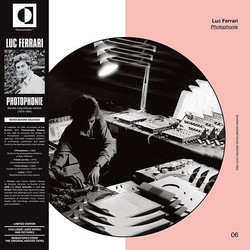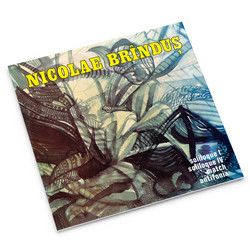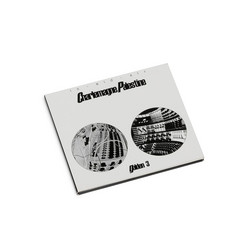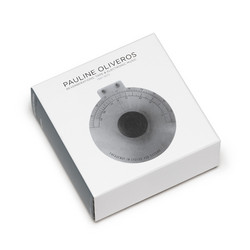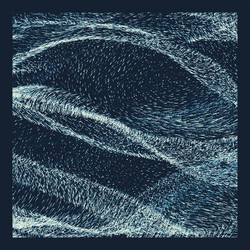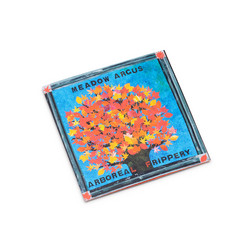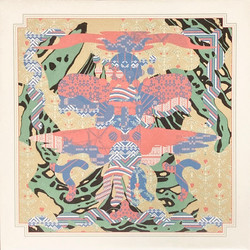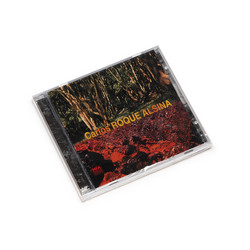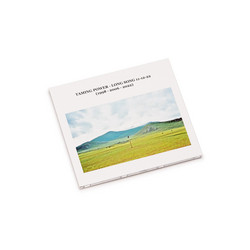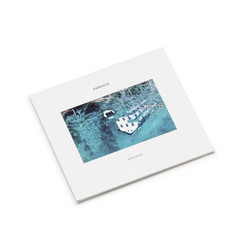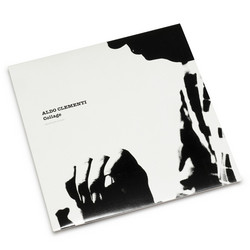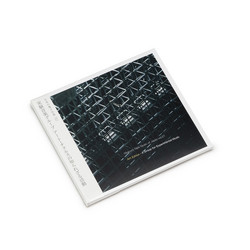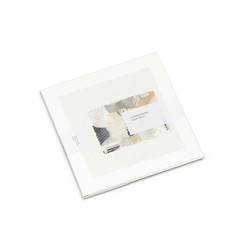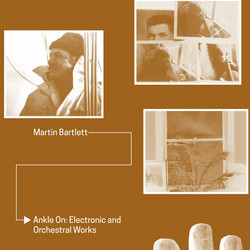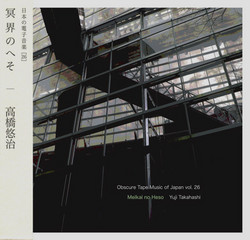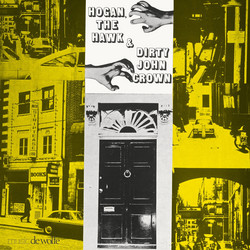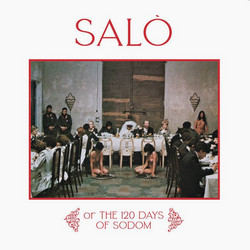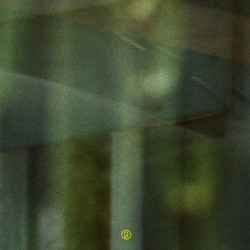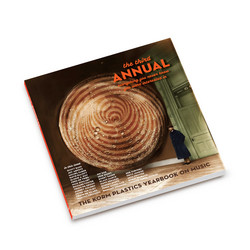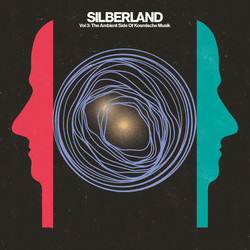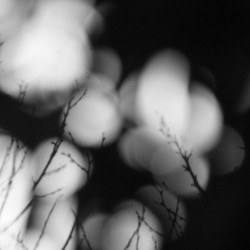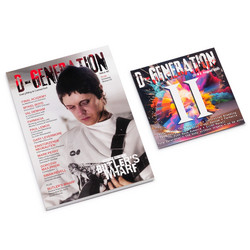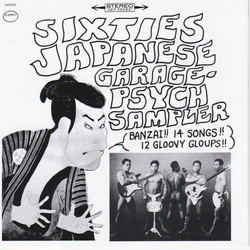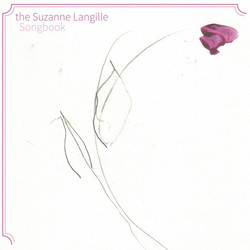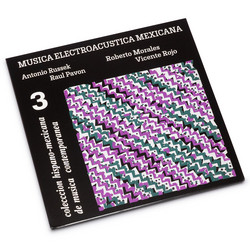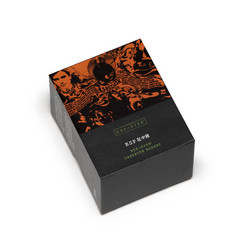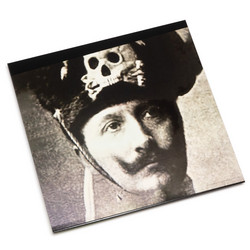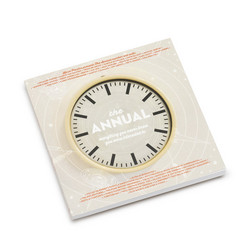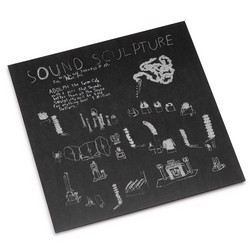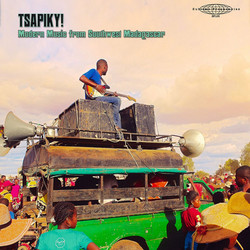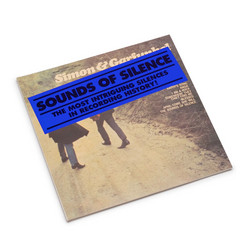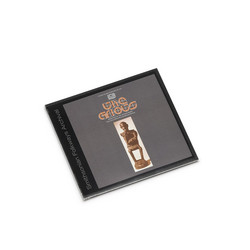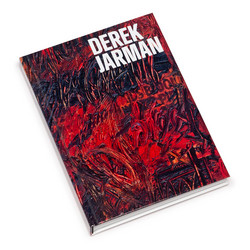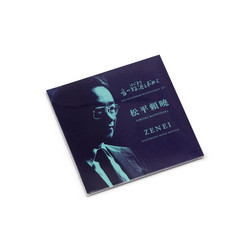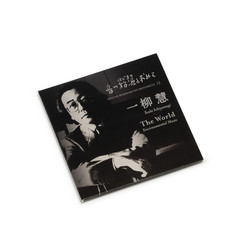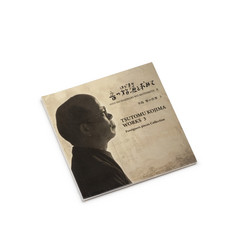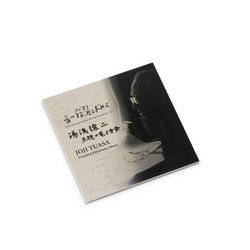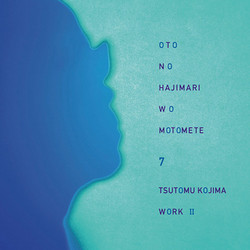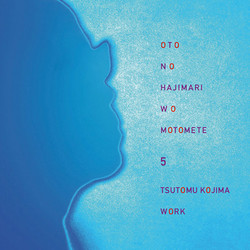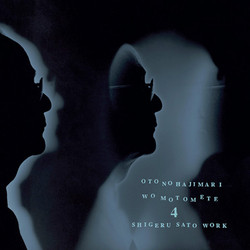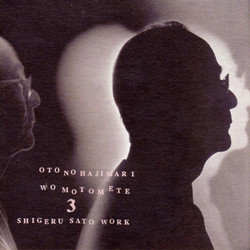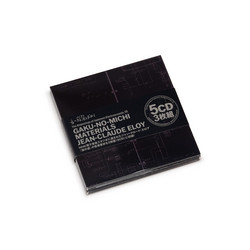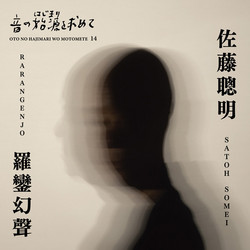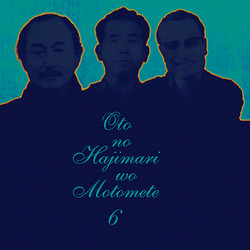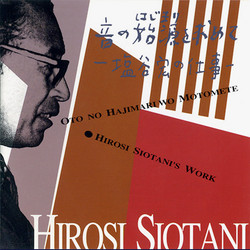Early Japanese electronic music made by NHK electronic music studio. Engineer Satou assisted many electronic works of avant-garde composers. The following works (except Yuji Takahashi) had released in 1967 and 1969 on LP (Victor VX-52, VX-99), and they are very rare now.' Contents : Yuji Takahashi "Phonogene" (1961), "Yori-Aki MatsudairaTrangent '64" (1964), Minao Shibata "Improvisation for the electronic sound" (1966), Joji Yuasa "IKON on the source of White Noise" (1965), Toshiro Mayuzumi "Campanology by multipiano" (1966), Joji Yuasa "Projection Esemplastic" (1962).
- 1. “Phonogene” Yuji Takahashi
- A work for chamber music by electronic sound and 12 players. The two appear to overlap or alternate little by little, but the probabilistic method emphasizes unpredictable results.
- 2. “Transient ‘64” Yoriaki Matsudaira
- This work was produced using so-called transient sounds, such as the transient oscillation sound that occurs when the 6-channel sine wave oscillator is turned on and the vacuum tube is heated, and the sound when the sine wave cluster is instantaneously applied to a damaged speaker.
- 3. “Improvisation for Electronic Sound” Minao Shibata
- This work expresses an unnatural and unstable sound sensation by using tones composed of low frequencies that do not exist physically (sounds of low frequency composition such as 1/2, 1/3, 1/4, etc. in respect to the fundamental wave.)
- 4. “Campanology for Multi-Piano” Toshiro Mayuzumi
- This work is based on the idea of using a piano instead of a real bell sound to make a campanology with an electronic bell sound. In addition, in order to remove the reverberation sound of the entire instrument from the piano sound, “Multi Strings Pickup” device was developed so that it converts string vibrations directly into electrical signals. It directly modulated the piano sound and played the campanology in real time.
- 5. “Projection Ethem Plastic” Joji Yuasa
- The white noise cut by the fixed frequency filter is moved to a predetermined frequency band using the principle of the pitch change by the variable speed tape recorder, and the frequency change and the time axis change occur.
- 6. “<ICON> with white noise” Joji Yuasa
- These two works use the original variable frequency filter. Two types of experiments had been done using a tool called a filter to cut out sound from a large volume of white noise.
These pieces were recorded from 1961 to 1967:
1. Phonogene (1961)
2. Transient '64 (1964)
3. Improvisation For The Electric Sound (1967)
4. Campanology By Multipiano Solo (1966)
5. Projection Esemplastic (1963)
6. On The Source Of White Noise (1966)
Includes 12-page booklet with liner notes in Japanese.



